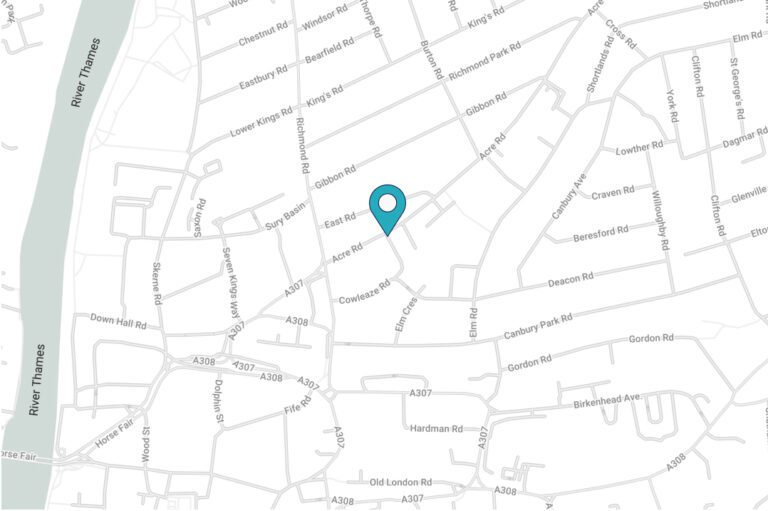It is an uncomfortable truth that women on average earn less than men throughout their career, and almost half a century from the Gender Pay Act, there is sadly still an 18% difference between men and women in similar roles. Most noticeably, one of the biggest pay disparities lies in the world of sport.
Tennis is often regarded as a shining example of gender equality in sport after the major tournaments introduced equal prize money. But, if you compare the off-court salaries of two Grand Slam record holders, Serena Williams and Rafael Nadal, there is still a clear discrepancy in pay.
While it has been reported that 83% of sports now reward men and women equally in prize money, it goes without saying the pay gap is a recognised issue and is significantly decreasing… BUT, the industry is still in a position where female sporting professionals are still fighting the battle in mainstream sports.
So why can’t the female teams get the same recognition as the male teams?
Let’s take football as an example. England men’s football captain hopeful, Harry Kane earns on average £100,000 a week (not including additional sponsorships and endorsements), making him one of the top earning players in the Premier League. Now, compared with Steph Houghton who has been the captain for the England women’s football team for the past three years, Harry earns over 80 times more than Stephanie’s weekly income of £1,250 for the same level job and that’s despite having less experience. Yes, Harry is a good player, but the pay disparity doesn’t seem too fair to me.
There will always be some who will argue women do not play to the same standard as men, and I’ve often heard comments like “well, have you seen them try to kick a ball?”. Others including 11-time Grand Slam winner Novak Djokovic, suggest (despite back-tracking) that the men’s games attract more viewers so the pay difference is justified because women do not provide the same economic return.
The problem I find with both arguments is that they create an endless circular effect rooted in gender stereotyping causing low interest in women’s sport in general. Typically, women’s sport is not as widely covered in the media and one reason may be the negative connotations associated with it.
The outcome? Less investment in the game (compared to the male tournaments), lower audience figures and therefore lower wages for female professionals, so it is extremely difficult for female teams to break out of this cycle. More needs to be done from a social perspective to help women in sport get the recognition they deserve, increase interest and celebrate their achievements on the same level as men to combat the pay gap.
The solution? Increase the exposure and profile of female sport tournaments.
Whether it’s taking time out to watch the Women’s World Cup qualifiers, or even just a simple social media follow, we should all take an active approach in supporting women in sports and, you may even find yourself surprised by the level of play. Just look what happened with Ronda Rousey earlier this year…
Attitudes towards women in sports still have a long way to go before we get true gender equality, particularly when it comes to pay. Luckily in the UK we have organisations like Women in Sport to help lead the way, but we all have the capability to ensure change.
Be Bold.
It’s time to come off the fence:
How can we help you?
Message us







